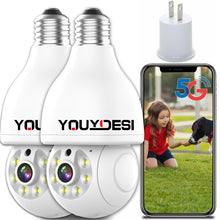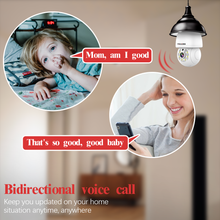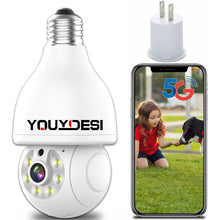Cameras: These include security cameras and microphones.
- Security cameras handle video capture and require power sources, as well as suitable mounting hardware.
- Microphones are responsible for audio recording and typically necessitate a power supply. However, in civilian surveillance setups, their use is relatively rare.
Control Equipment: This category encompasses video capture cards or digital video recorders (DVRs).
- Video capture cards work in conjunction with computers, relying on the computer being operational to function. Video recordings are stored on the computer's hard drive, providing easy access. These cards often come with software for computer-based control. However, they are not the ideal choice for round-the-clock recording.
- DVRs excel in 24/7 recording. They do not come with built-in hard drives; instead, you need to purchase them separately. DVRs are renowned for their robust and consistent recording capabilities.
Transmission Devices: These consist of video cables, power cables, and combined video and power cables.
- Video cables are vital for connecting cameras to control equipment and facilitate the transmission of video signals.
- Power cables resemble standard electrical cables. Since cameras are frequently positioned at a distance from power sources, power cables are essential for carrying electrical current.
- Integrated video and power cables come into play when extended distances and convenient wiring solutions are needed. They eliminate the need for separate video and power cables.
These critical components interact seamlessly to establish a fully functional surveillance system.










